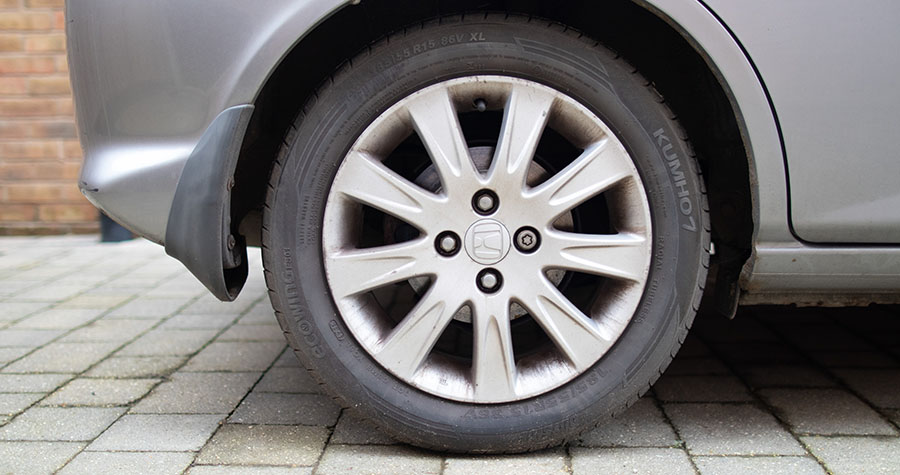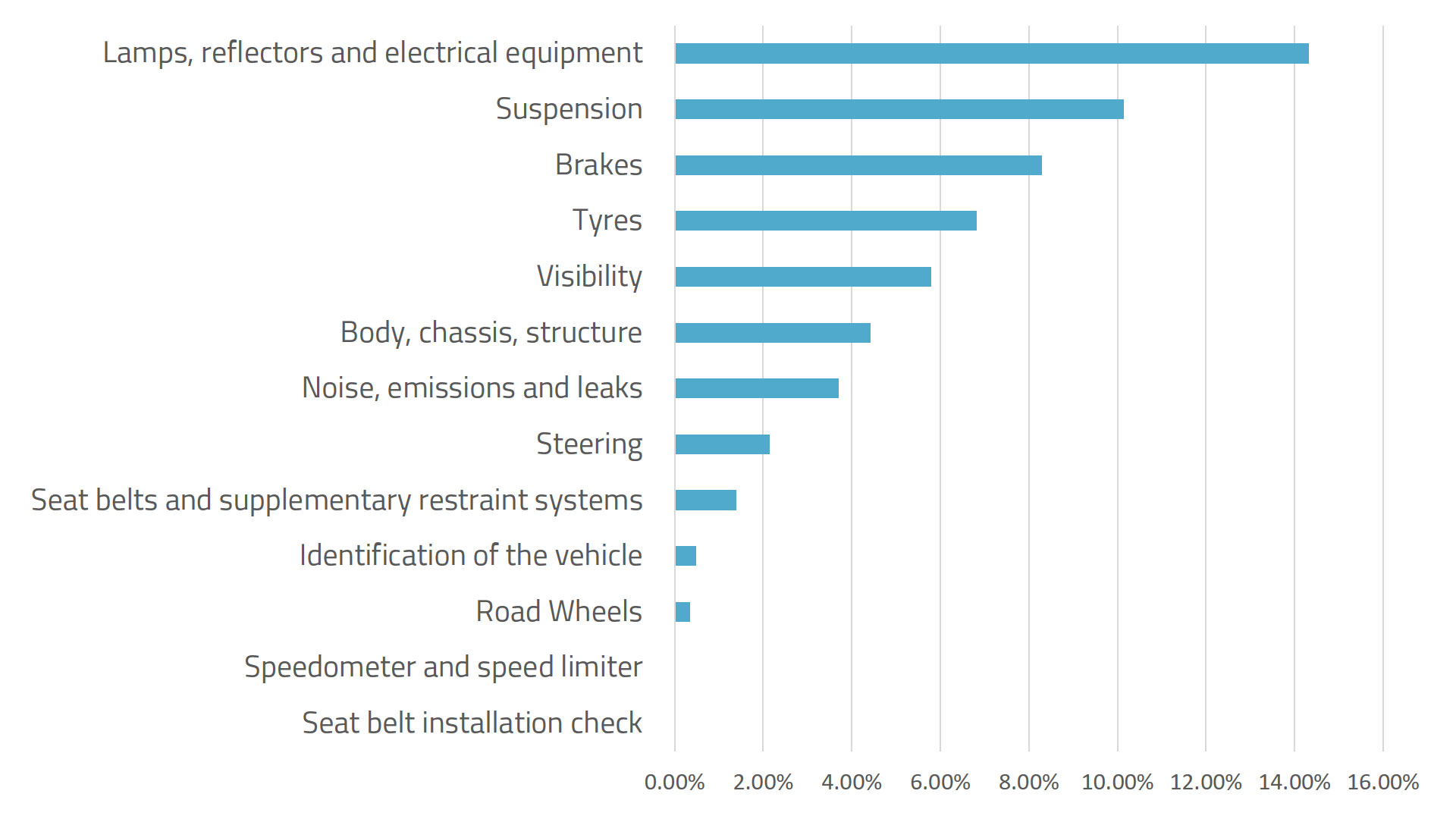As a seasoned driver you may not be asking yourself what is an MOT check, or which test class you need. However many new drivers do! As a new driver, you need to pay attention to make sure that you renew the MOT test every year.
Without a valid MOT you are not allowed to drive the car or leave it parked on a public street. There is an exception for driving to a testing centre or to a technician to fix the reason of a failed test.

Welcome to the MOT centre's FAQ section! Whether you're here to get answers to common questions about MOT tests, or you're just curious about the process, we've got you covered.
MOT tests are important for all vehicles three years old and over, and are a legal requirement for anyone who wants to drive on the road. They check that vehicles meet the minimum safety and environmental standards required by law, and must be conducted annually for most vehicles.
You can find the most up to date details and prices on the gov.uk page about MOT checks.
MOT tests are designed to make sure that your vehicle is safe to drive and while there are some issues that you may not be able to spot before the test, there are a few that are really easy to check.
MOT test can be failed on damaged tyres, insufficient tyre depth, incorrect fitting or different sized tyres on the same axle. Find out if you need to have a spare tyre for the test.
Tyre pressure measurement is not part of the test and deviation from the manufacturer recommended pressure won’t cause a failed MOT. A tyre pressure warning light on the dashboard can fail the test. A flat tyre may indicate a tyre puncture which will result in a failure, also a flat tyre will prevent the other MOT test checks like brake efficiency from being carried out.
A dirty number plate can result in a failed MOT test.
Missing or broken number plate lights will result in a failed MOT test.
Rear wiper is not checked during the MOT test so you can't get a fail because of it.
Front wipers need to efficiently clean the windscreen and can fail the MOT if they are leaving smears or if they obstruct the view of the road. Front wipers can result in an MOT test fail when they are not operating, missing or the wiper blades are defective.
Brake pads wear out over time and can also suffer from other problems. A roadworthy vehicle can't have faulty brakes so they are checked as part of the MOT test and you can get a fail if faults are identified.
Some of the common brake pad faults that will result in a failed test are:
Suspension can fail the MOT test for reasons such as corrosion, cracks, unsafe modifications and other damage.
If your vehicle has shock absorbers fitted as standard, they will be inspected. The vehicle can get an MOT fail on shock absorbers if they are missing, insecurely attached, damaged or are showing signs of severe leakage.
Tracking in itself shouldn't cause a failed MOT test result but because of it you may have other faults like unevenly worn tyres which can result in a fail.
A car’s clutch is not a part of the MOT test and won't result in a fail. However the clutch is tested in some passenger vehicles (Class 5 test that applies to vehicles with more than 13 seats) and needs to be working correctly and sagfely.

- Cars, light vans and light trailers — 1.6 millimetres (mm)
- Motorcycles, large vehicles and passenger-carrying vehicles — 1mm